How Swatch Saved the Swiss Watch Industry
Sam Loiterstein is the founder of the Campus Watch Chronicle blog, and he has kindly agreed to share some of his articles with us here on Quill & Pad.
—————————————————————————————————–
Swatch, the renowned Swiss watch brand, emerged in the early 1980s as a pioneering force in the industry. The name “Swatch” itself is a fusion of “second” and “watch,” signifying the company’s innovative approach to timekeeping. Founded by Nicolas Hayek, Swatch was born out of a desire to challenge the status quo and revolutionize the watch market.

Omega-Swatch MoonSwatch all models
Hayek recognized a need for change in an industry dominated by traditional, expensive timepieces. He envisioned a watch that was not only affordable but also stylish, reliable, and reflective of the dynamic spirit of the times.
This vision sparked the creation of Swatch, a brand that would redefine watchmaking by blending Swiss precision with bold designs and accessible prices.
In the late 1960s and early 1970s, the Swiss watch industry faced a seismic upheaval known as the Quartz Crisis. This period of turbulence was sparked by the advent of quartz technology, which introduced battery-powered watches with unparalleled accuracy and affordability. These quartz timepieces, primarily manufactured in Japan, posed a significant threat to the traditional Swiss watchmaking industry, which predominantly relied on mechanical movements.
The Quartz Crisis wreaked havoc on the Swiss watch industry, leading to widespread layoffs, factory closures, and a sharp decline in exports. Traditional watchmakers struggled to compete with the precision and cost-effectiveness of quartz watches, resulting in a crisis of confidence and identity for Swiss horology.
—————————————————————————————————–
—————————————————————————————————–
Amidst this turmoil, Nicolas Hayek emerged as a visionary leader determined to save the Swiss watch industry from obsolescence. Hayek recognized that the key to survival lay in innovation, efficiency, and adaptability. In 1983, he unveiled his masterstroke—the Swatch watch.
Swatch was not merely a timepiece; it was a revolutionary concept that encapsulated the spirit of Swiss innovation and craftsmanship.
By leveraging advancements in technology and manufacturing processes, Swatch produced high-quality quartz watches at a fraction of the cost of traditional Swiss watches.
These colorful, lightweight timepieces captured the imagination of consumers worldwide, breathing new life into an industry on the brink of collapse. Beyond its commercial success, Swatch played a crucial role in revitalizing Swiss watchmaking by redefining the narrative around Swiss watches.
Instead of viewing quartz technology as a threat, Swatch embraced it as an opportunity to democratize watchmaking and make Swiss watches accessible to a broader audience.
Furthermore, Swatch’s innovative approach to design and marketing injected new energy into the Swiss watch industry, paving the way for a renaissance of creativity and entrepreneurship. By championing Swiss ingenuity and craftsmanship, Swatch not only weathered the storm of the Quartz Crisis but also emerged as a beacon of hope and inspiration for the future of Swiss watchmaking.
Swatch offers a diverse range of timepieces that cater to various tastes and preferences, each imbued with the brand’s signature blend of creativity, innovation, and affordability.
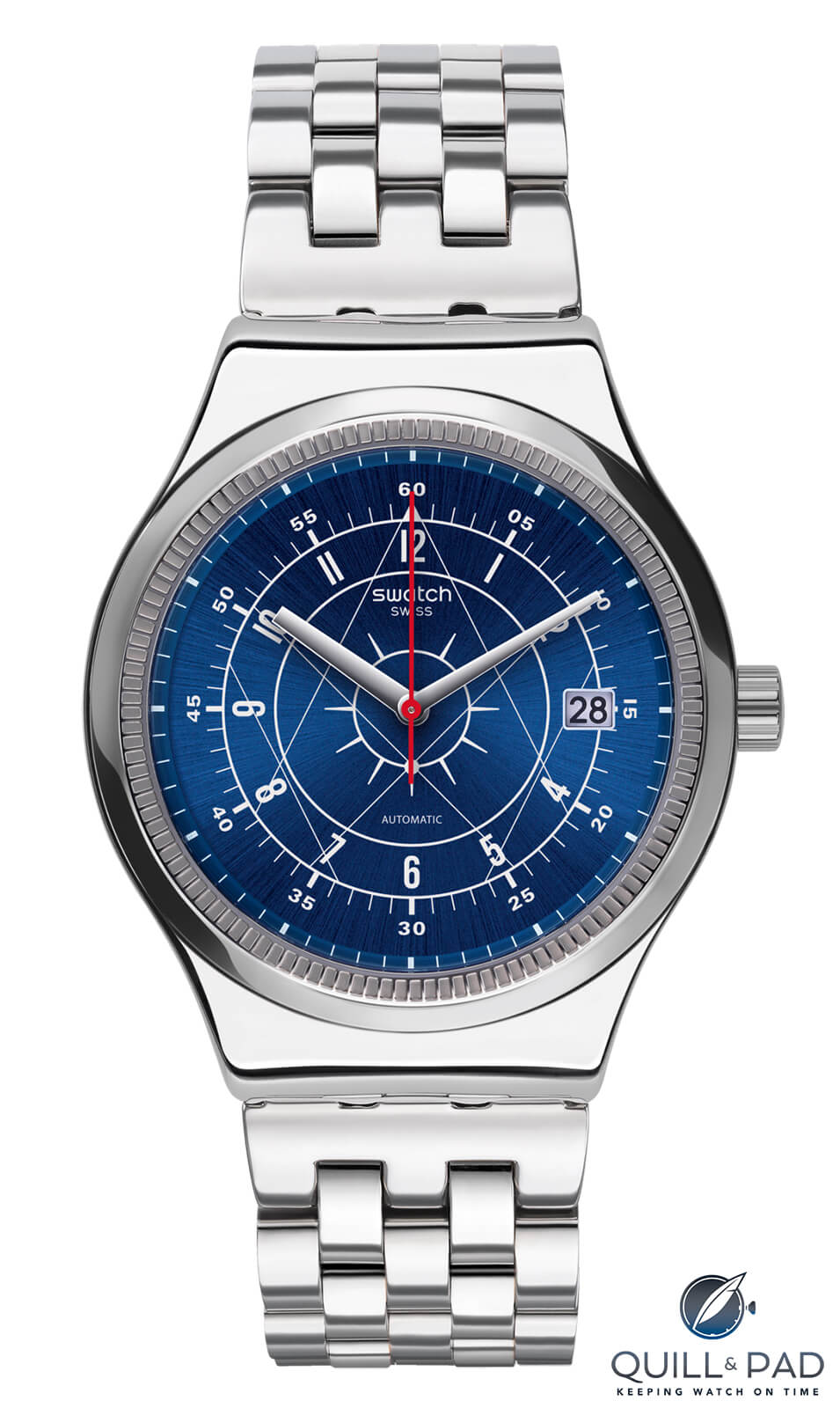
Swatch Sistem51: Boreal
One standout model is the Swatch Sistem51, priced at around $150. What sets this watch apart is its revolutionary automatic movement, consisting of only 51 parts, all of which are assembled by machine. The Sistem51 combines Swiss precision with modern technology, offering an affordable entry point into the world of mechanical watches.
—————————————————————————————————–
—————————————————————————————————–
Another noteworthy option is the Swatch Irony collection, with prices typically ranging from $100 to $200. These watches feature stainless steel cases and bracelets, offering a sleek and sophisticated aesthetic at an accessible price point.

Swatch Irony
The Irony collection encompasses a variety of designs, from minimalist to bold, catering to diverse style preferences while maintaining Swatch’s commitment to quality and craftsmanship.

Swatch Originals
For those seeking a pop of color and whimsy, the Swatch Originals collection is a must-see. Priced around $50 to $100, these watches feature playful designs, vibrant hues, and lightweight construction, making them perfect for everyday wear. The Originals collection embodies Swatch’s spirit of creativity and individuality, allowing wearers to express their unique personality through their timepieces.
Conclusion
Swatch stands as a testament to innovation, resilience, and creativity within the watch industry. Born out of the ashes of the Quartz Crisis, Swatch both saved the Swiss watch industry from obsolescence and revolutionized it through its groundbreaking approach to design, manufacturing, and marketing.
By embracing quartz technology and democratizing watchmaking, Swatch made Swiss timepieces accessible to a global audience, ushering in a new era of prosperity and growth.
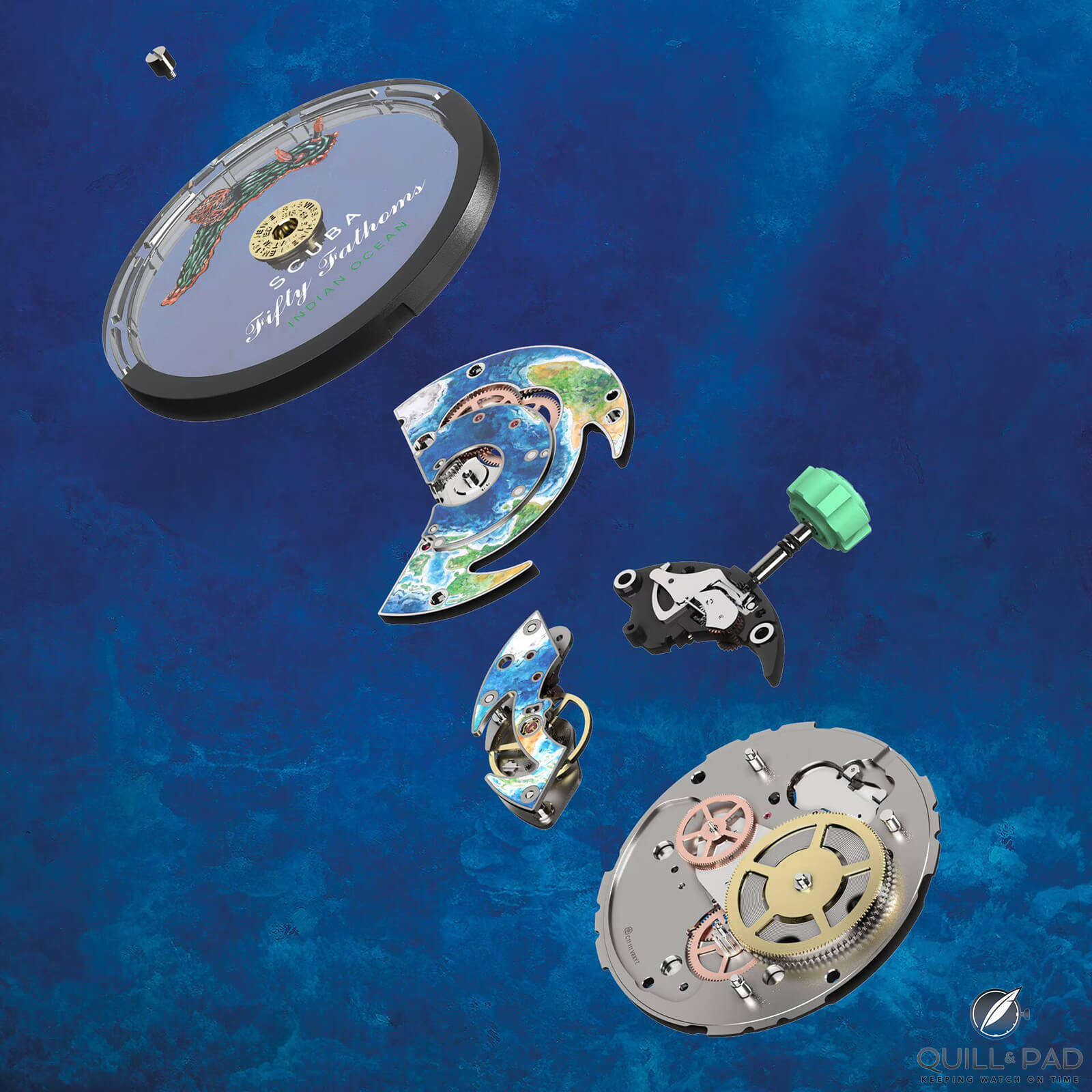
Swatch Sistem51 exploded view
From the revolutionary Sistem51 with its minimalist automatic movement to the sleek and sophisticated Irony collection and the playful Originals series, Swatch offers a diverse range of timepieces that combine Swiss precision, style, and affordability.

Swatch Originals
With its unwavering commitment to innovation and creativity, Swatch continues to inspire and delight consumers around the world, reaffirming its status as a true icon of the watchmaking industry.
For more information, please visit www.swatch.com/
For more Campus Watch Chronicle articles, please visit www.campuswatchchronicle.com/
You might also enjoy:
Own a Piece of Watch History for Under $200: The Swatch Sistem51
Omega x Swatch MoonSwatch Owner Review: The Good, The Bad, The Complicated
Swatch Tresor Magique: The Watch Harry Potter Would Have Worn
Leave a Reply
Want to join the discussion?Feel free to contribute!

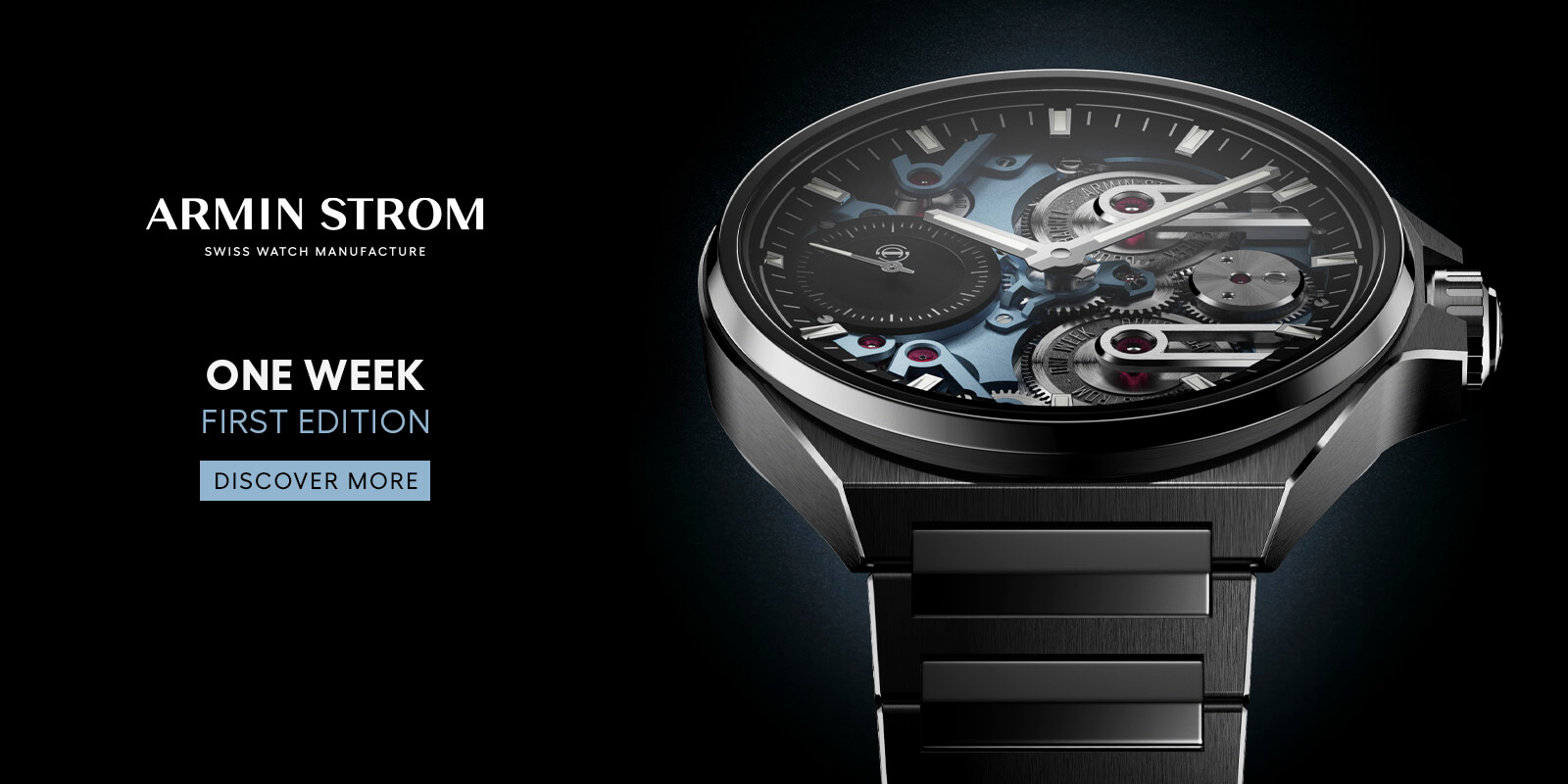
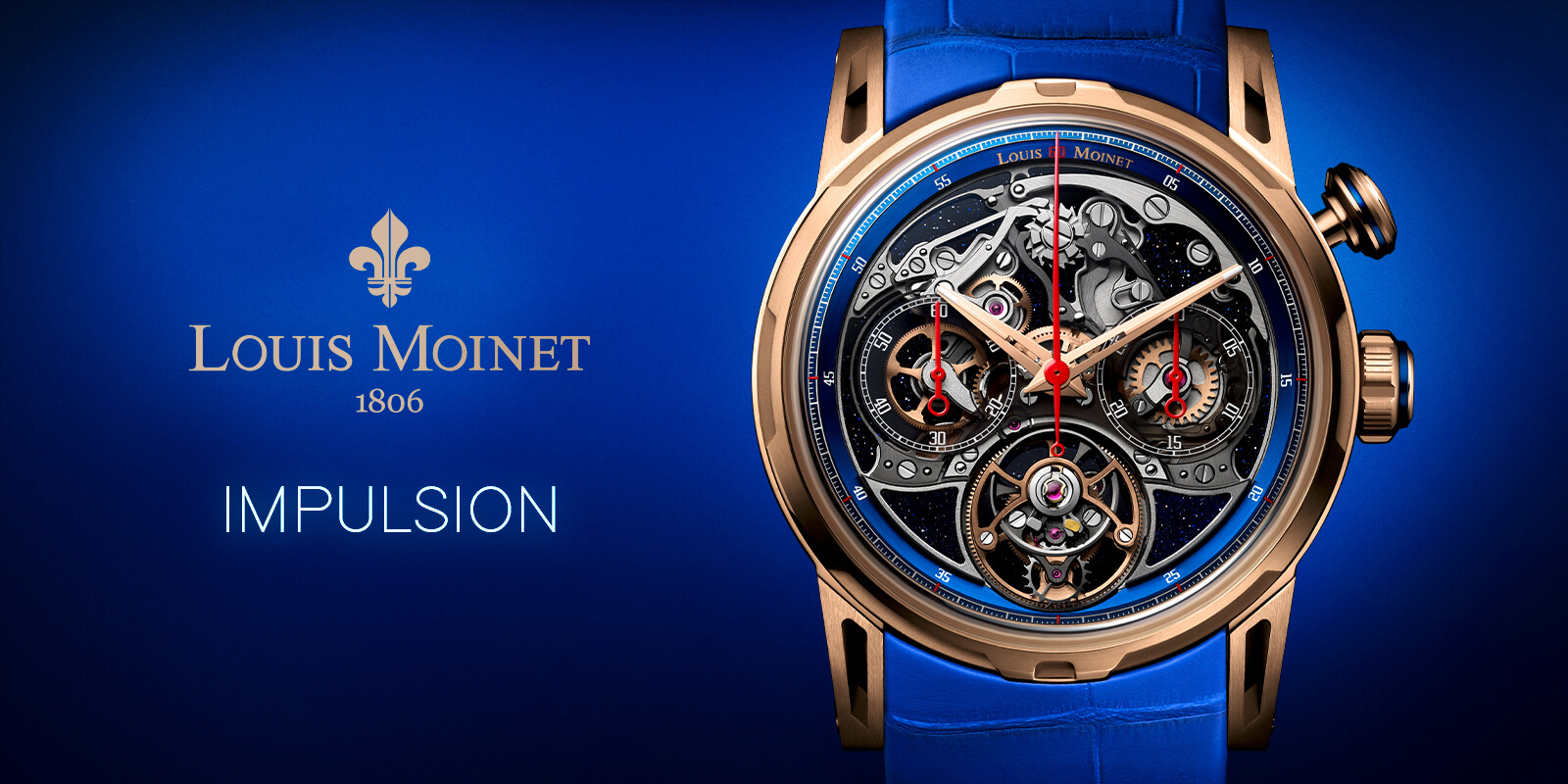
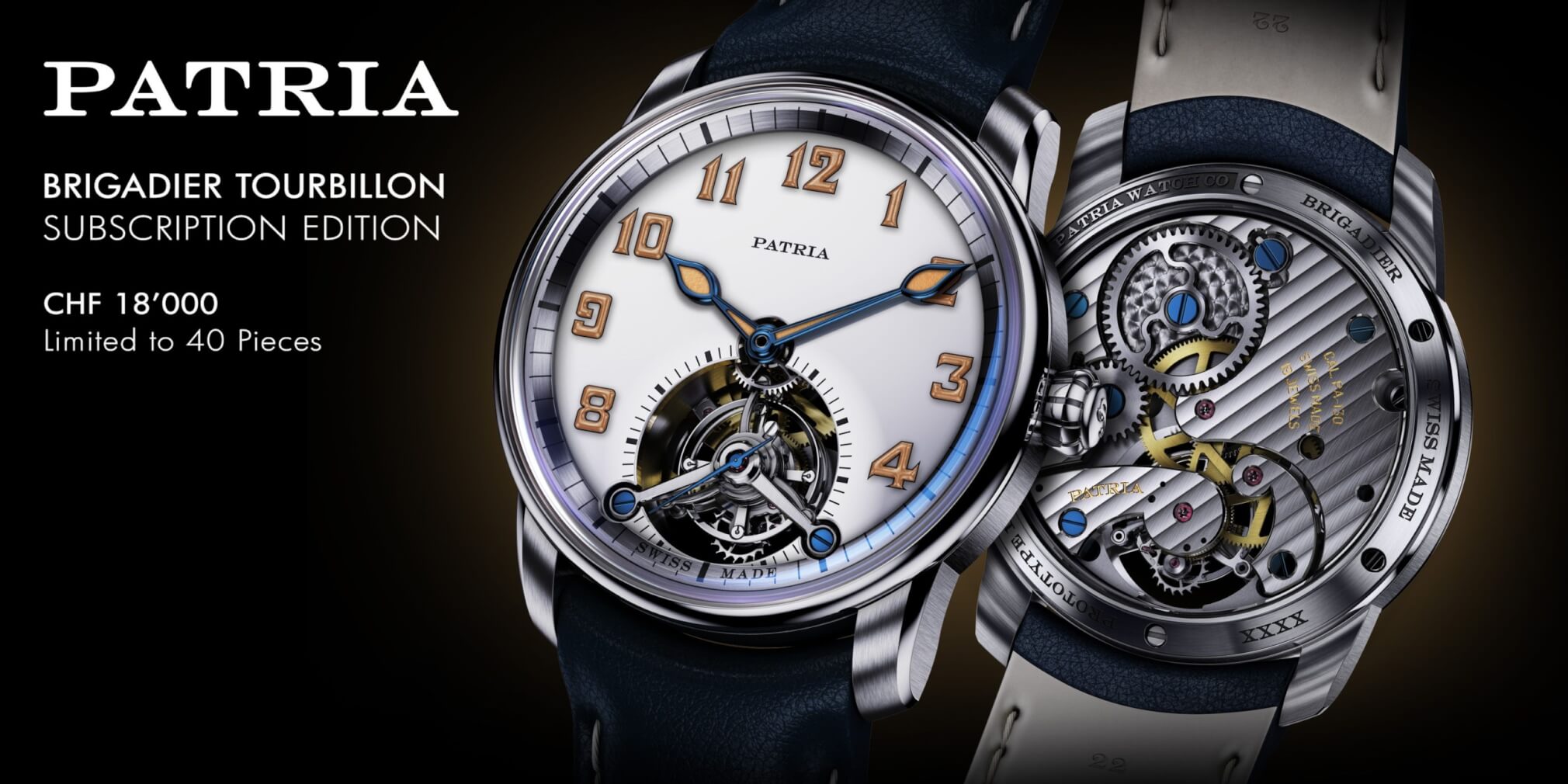


Swatch saved the Swiss Watch Industry?
You must be kidding, What is the weight of swatch watches in Swiss watches exports?
What saved the Swiss watch industry was the concept of “haute horlogerie” created by Franco Cologni and Alain-Dominique Perrin.
No Antonia, Swatch did save the Swiss watch industry, what Franco Cologni and Alain-Dominique Perrin did was transform the industry by building a very successful haute horlogerie industry on the platform Swatch saved. Swatch Group’s main role at the beginning of saving Swiss watches was in consolidating the various movement suppliers into ETA and stopping their sale to the Japanese.
Regards, Ian
No Ian, Franco Cologni and Alain-Dominique Perrin first used the platform created by Pierre-Alain Blum CEO of Ebel. They were visionaries by not being swayed by the idea of competing on price. Instead, they leveraged quartz technology to create high-value watches (Cartier) and take over the market at a time when the focus was on price competition. It was this dominance of the global market in the best jewelry stores that created the foundation for the relaunch of several luxury brands, once again with mechanical movements.
In 1983, I visited the first Swatch factory and what I saw was a lot of technology and a huge rush to make a price-competitive watch to beat the Japanese. The marketing idea came later, due to the marketing vision of Max Imgruth, who, from the USA, was able to promote the watch not by its price, but with big billboards advertising swatch.
Yes I was hoping for a bit more “meat” as to the origins of SMH/Swatch and how they saved the industry, as alluded to by Ian above.
My mother, ironically a lifelong Omega and Tissot wearer, obviously had her finger on the zeitgeist as she bought me a Swatch in 1983, a café au lait coloured case and strap with a grid dial pattern. I am still hoping it will turn up in a shoebox somewhere.
Yes, Swatch did save the Swiss watch industry, but this article seems to infer that it was Hayek’s idea. The idea was from Elmar Mock and Jacques Muller, and it was first Erst Thomke who decided to believe in this idea. Hayek’s role comes later for the Swatch, although by reorganizing the industry he also contributed to save the industry at the time.
Elmar Mock and Jacques Muller, and Erst Thomke were instrumental in coming up with the first Swatch watch, but it was Hyek in first merging ASUAG and SSIH (movement makers and owners of a few big brands)into SMH (Swiss Corporation for Microelectronics and Watchmaking Industries Ltd.) and then into the Swatch Group that saved the industry. Without Hayek’s vision, the Swatch watch would have been unlikely to take off.
https://www.swatchgroup.com/en/swatch-group/swatch-group-history
Regards, Ian
Exactly, Hayek’s talent was to organize the group, not to come up with the Swatch. I just find it a bit strange to talk about the Swatch without talking about those who did everything about it. Hayek’s vision was industrial, but the vision about the product was not his.
And by the way, the Swatch Group website may not be the most objective source when talking about Hayek 😉
Nicolas Hayek was also good at rewriting the history of watchmaking, taking credit for achievements that were not his. Hayek was effective in reorganizing an industrial base, but the success of the current watch industry has more to do with how the Richemont group managed to shift the focus from the precision of watches to emphasizing the timelessness of each timepiece, making a watch a symbol of social status.
This is awesome! Check out a similar post here: https://shine-magazine.com/the-impact-of-quartz-technology-on-traditional-watchmaking-3